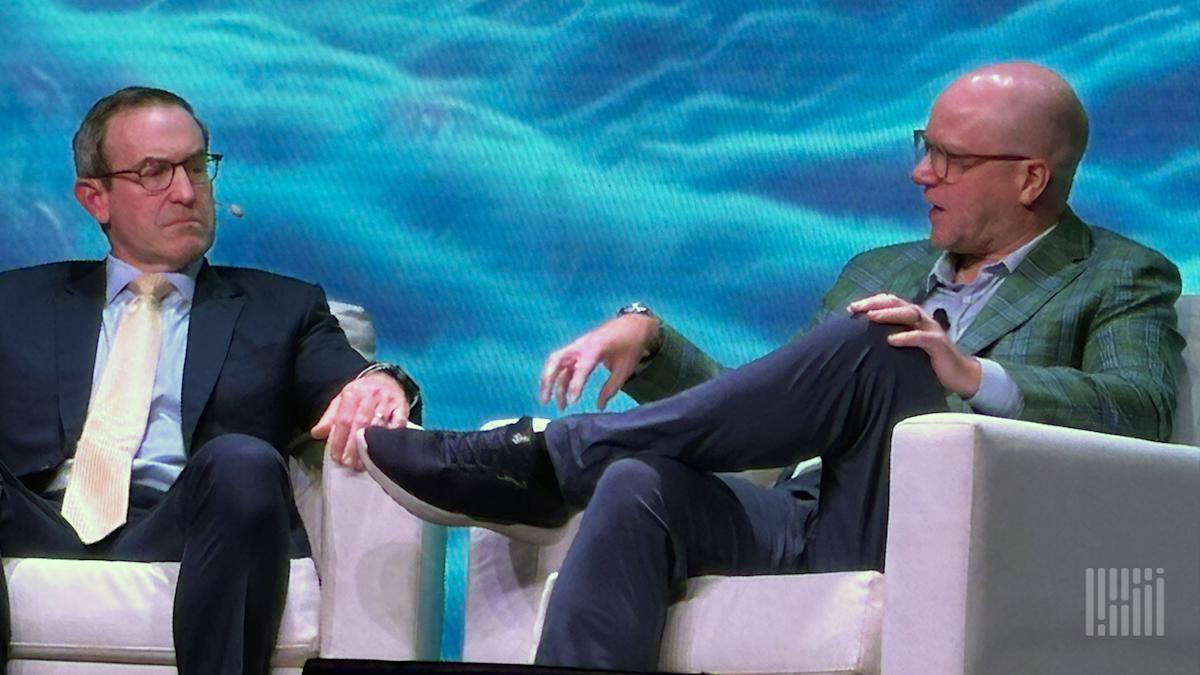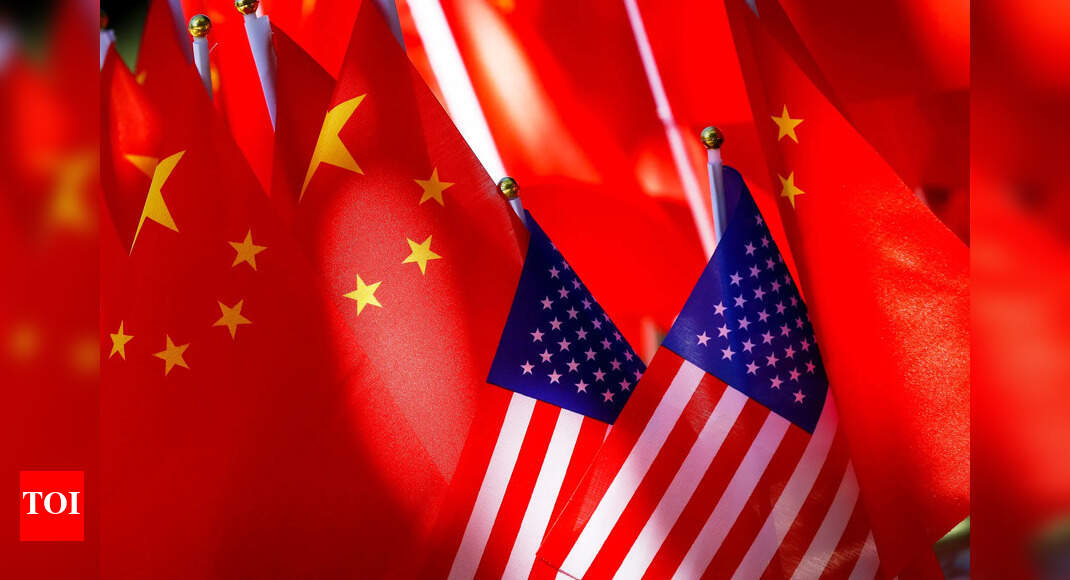On 1 February the Trump administration released a statement announcing a 10% increase in tariffs on Chinese goods into the US, making good on the President’s election promise of a so-called rebalancing of US global trade relations.
While tariffs on Mexican and Canadian goods were also announced, affecting a cross section of industries, the Chinese tariffs will significantly impact the technology sector in particular.
Furthermore, according to TS Lombard macroeconomist and China expert Rory Green: “While the first 10% tariff and China’s restrained response point to the chance of a deal increasing from a low base, more tariffs are likely – another 20% in our base case – before any agreement is reached.”
US dependence on imported technology components, such as semiconductors, threaten mass disruption to supply chains, as well as price hikes for many businesses reliant on Chinese technology.
The consumer electronics market is particularly prone to global trade fluctuations, noted Green, with over 80% of US smartphone imports originating from China, making the market highly sensitive to changes in trade policy. According to the United States Census Bureau, the US imported $42bn worth of smartphones in 2023, the majority of which came from China.
GlobalData senior analyst Anisha Bhatia is more optimistic than Green and noted that anticipated increases in the cost of consumer electronic devices due to tariffs are “fairly mild” compared with what had been expected (tariffs of up to 60%).
Access the most comprehensive Company Profiles
on the market, powered by GlobalData. Save hours of research. Gain competitive edge.

Company Profile – free
sample
Thank you!
Your download email will arrive shortly
We are confident about the
unique
quality of our Company Profiles. However, we want you to make the most
beneficial
decision for your business, so we offer a free sample that you can download by
submitting the below form
By GlobalData
Indeed, Trump had advocated for a 60% tariffs on Chinese imports and proposed a 10-20% hike during his presidential campaign.
“And surprising that Mexico and Canada have been tariffed 25% each while China is at 10%. A 10% surcharge can be – and will be, absorbed by the OEMs and carriers, with probably a trickle of it reaching consumers, or not at all. And even if it does, the monthly installment device payment plans, especially for smartphones, will mitigate the impact,” said Bhatia.
Bhatia extrapolates the effects of the 10% tariff hike based on the price of $799 for an iPhone, with the assumption that 45% of the components originate from China: For example, reports suggests that Apple’s largest manufacturing partner, Hon Hai Technology Group (Foxconn), situated in Zhengzhou, China, assembles more than half a million iPhones each day.
“This means that $360 of components will be priced 10% higher which means a rise of $36, making the base iPhone model cost $835. This isn’t a huge increase and when split into 24-month payments comes to about $1.50 extra per month,” said Bhatia.
Making the same calculation for 75% of components originating from China, the monthly installment increase is $3.30. Even with this extremely simplistic calculation, given that the variables associated with it are a lot more complex, Bhatia noted that it, nevertheless, demonstrates the level of increases involved which may or may not reach the average consumer.
“Even though OEMs like Apple are diversifying their supply chains from China to India and Vietnam, it is not an easy task and will take decades before their dependency on the country decreases by a meaningful amount,” said Bhatia as matching China’s skills base, innovation, and infrastructure will be an ongoing challenge.
The fact that Taiwan produces 95% of the world’s supply of advanced chips further complicates an already complex and integrated technology global supply chain. President Trump has proposed a 100% tariff on Taiwanese chips, as well as reversing Biden era government incentives for foreign and domestic chipmakers to locate chip manufacturing capacity on US shores.
How to mitigate China tariff disruption?
The question then becomes what can companies reliant on Chinese imports do to address disruption caused by China tariffs? The anticipation of new costs necessitates a pre-emptive strategy from carriers and OEMs to protect their market position, advises Green.
Stockpiling current and older flagship models as well as critical components provides a buffer against the immediate cost increases that tariffs will impose. By securing a substantial inventory of current models, companies can avoid the need to pass on increased costs to consumers in the short term.
However, Green cautions that effective inventory management will be critical in implementing this particular strategy. Inaccurate projections in stockpiling could lead to catastrophic outcomes, warns Green. Failing to have the inventory that consumers desire or being unable to match competitors’ discounts and subsidies could induce customer attrition.
Green also advises stable pricing for customer retention which can be a significant differentiator for companies. By stockpiling, carriers and OEMs can keep their pricing consistent, even in the face of rising input costs that are due.
Extending consumer electronics lifecycle as a buffer against tariff disruption
Another mitigation strategy which Green advises is for companies to become creative with equipment installment plans (EIPs). “Carriers and OEMs can mitigate the impact of device price increases by introducing creative EIPs that encourage consumers to keep their phones for longer periods.
“By extending the duration of payment plans or offering incentives for customers who do not upgrade their devices as frequently, carriers can provide a value proposition that aligns with the financial interests of cost-conscious consumers. This approach not only aids in customer retention but also stabilises revenue streams during periods of economic uncertainty.”
Green also suggests that as the tariffs take effect and device prices rise, carriers and OEMs should limit the advertising of new devices to prevent exacerbating consumer concerns about affordability. Instead, marketing efforts should focus on promoting the longevity and durability of existing models, as well as the benefits of the carriers’ service plans.
Investor confidence is another important element of addressing potential tariff disruption. “Companies should also provide clear guidance to investors in their earnings reports regarding the anticipated impact of increased import duties on customer churn and the company’s financial health.”
Government lobbying is another strategy that can reap positive results. “Apple’s success in securing tariff exemptions during the first Trump administration serves as a compelling precedent for other companies,” said Green. And never before has the technology industry been so embedded within a US administration, providing a favourable platform for advocating for its interests.



